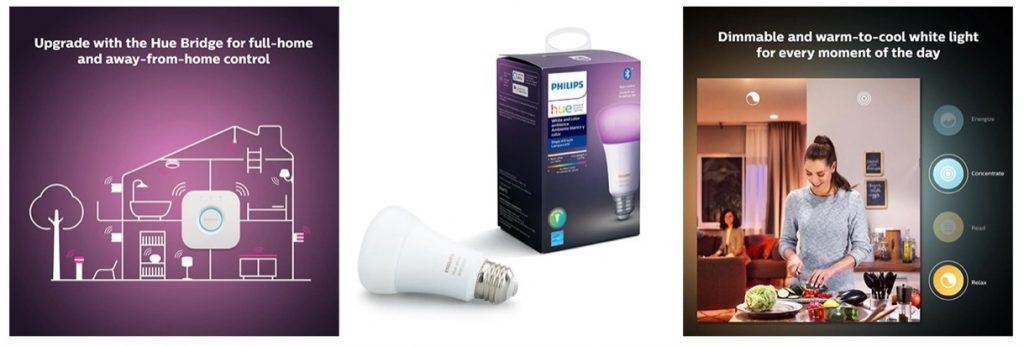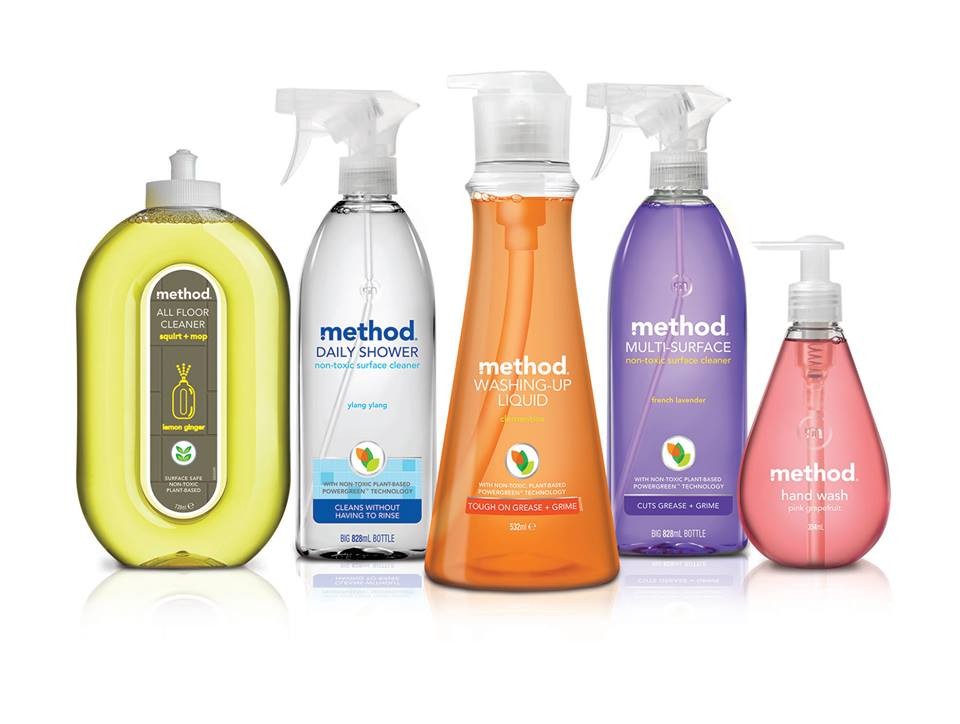
Private brands are having a moment. It’s a well-earned moment, and one that is worthy of attention. Private brands are coming after the market share that national brands have long held. Name brands that aren’t nervous aren’t paying attention.
By nature, big brands have certain advantages over private brands. But those advantages require activation. Smart national brands are acknowledging the competition posed by the rise in private label popularity and positioning. Meanwhile, market leaders are doubling down on their assets and using them to build a buffer around their brands.
The Name Brand Advantage
For as long as there’s been shopping, there have been name brands. From ancient Roman markets to cattle farms and mom and pop stores, humans hold an association between a product and its maker. We seek out makers we can trust, and we trust what we know. The bigger a brand, the more people know it. That, in a nutshell, is the reason national brands are critical to retail. And being a national brand comes with a few advantages.
1. National Brands Have Name Recognition
No matter how popular private label products become, established name brands will always have the upper hand when it comes to recognition. The disparity in advertising resources between national brands and private brands is huge and indisputable. National brands are widespread and proven. They have more resources and independence, which means they can be everywhere: in stores, mailboxes, social media feeds, streaming ads, newspapers, billboards and more. Meanwhile, private brands are built on in-store conversions, which capitalize on the traffic and awareness generated by big brands.
The best examples of name brand recognition are those classic brand names that have come to represent their entire category. Think Kleenex tissues, BAND-AID bandages and Scotch tape. In home improvement, those brands include Skil, Shop-Vac, Rubbermaid and Leatherman.

2. National Brands Can Shape Brand Perception
Branding is all about perceptions, and name brands have greater control over how they are perceived. In addition, national brands have the flexibility and resources to shape their brand experience and to make emotional connections. Along with size and scale, name brands have original stories and values. Whereas private brands typically represent economy and value, national brands can align themselves with more lofty ideals such as quality, heritage, luxury, durability, innovation and craftsmanship.
Name brands have the resources to secure third-party validation, i.e., certifications, credentials, third-party reviews and endorsements. These validations aren’t free, but they are extremely compelling to shoppers looking for proof of quality. Suppose you are shopping for organic plant food for your edible garden. If you’re browsing at The Home Depot, you’ll find that there are only a handful of brands that are OMRI-certified, none of which are private label products. To understand how important perception is to branding, consider the weight Scotts gives to the OMRI logo.

3. National Brands Have Retail Influence
National brands have enormous influence in retail. Whether it’s the ability to sponsor a promotion, incentivize retailers or create branded in-store merchandising, name brands have a lot of leverage. National brands are favored by as much as 90% over private brands. Whether or not they buy them, people associate name brands with higher quality and performance. This contributes to greater demand, influence and market share.
A perfect example of this is YETI coolers. The company came out of nowhere in 2006 and are now synonymous with a high-end, outdoor lifestyle. The unprecedented popularity of YETI has made it a must-have brand for a wide range of retailers, from boutiques to sporting goods stores and, of course, hardware stores. The YETI brand occupies a jaw-dropping amount of floor space in some stores, such as in this Florida Ace Hardware.

4. National Brands Lead Industries
Leadership is both an advantage and an obligation. National brands are the ones we look to for industry excellence and product innovation. Because name brands are established and have greater equity and resources, they are the ones in front and the ones to beat. Thus, national brands have to work twice as hard to stay ahead.
But one of the benefits of being a national brand is access to resources, and when you own a product, you can innovate. National brands can invest in performance enhancements, develop technological innovations or make the switch to sustainable packaging. These upgrades provide tangible value to shoppers. When consumers are researching and making comparisons, national brands are the ones with exclusive features, benefits and credentials.
Consider this example. Since Tide laundry detergent was introduced in 1956, Procter & Gamble has improved its formulation 70 times. This may seem like a lot. But remember, Tide’s brand promise to consumers is to clean clothes better than any other product. Their obligation is their advantage and their claim.
We all know the jokes about how easy it is to change a lightbulb. Well, lightbulbs aren’t so simple anymore thanks to national brands. Philips has brought the IoT to the lightbulb with their Hue line of personal wireless lighting. These lightbulbs can be controlled by Bluetooth and are compatible with Amazon Alexa and Google Nest. But get this – they offer 16 million colors and 50,000 shades of white. It’s practically the full spectrum in a lightbulb, and only Philips gets to brag about it.

5. National Brands Stand Out
National brands can lead through structure as well as performance. Big brands have the freedom to be different. And in the retail world, where everyone is trying to differentiate themselves, having a unique look can be a winning advantage. National brands have authority over the manufacturing and packaging of their products, which affords them the opportunity to develop a structure that reflects their brand. They can be bold, clever, minimal, whimsical, sustainable, compostable or utilitarian. National brands with innovative packaging can multiply their brand equity simply by sitting on the shelf.
Method brand is a great example. Their product line includes a mix of standard and original containers. With or without a label, we know that this family of products is Method because of the shapes.

Five Pieces of Advice for National Brands
The trick with big brand advantages is that they aren’t guaranteed. Each lead is a lever to be pulled with intention, direction, vision and the help of a creative partner. If you’re a national brand, and the private brand surge concerns you, we have some advice.
1. Maintain a Strong Offense
First and foremost, our advice to national brands is this: Remember that you are in front for a reason. Don’t get caught looking over your shoulder. All the other brands are trying to copy you, so keep them guessing. That means you need to do something unexpected and imaginative. Line extensions and varieties don’t count. A new version of the same product isn’t innovative. Retailers and consumers want improvement.
Imagine you are a leading paint manufacturer who has made no advancements in five years, apart from introducing a new container size. Meanwhile, your competitor has just introduced a new, zero-VOC, one-coat primer. Who’s the clear leader in this scenario?
2. Get to Know Your Shoppers
Remember all those levers that national brands have to pull to compete? They all hinge on the shopper. And because private brands rely on the traffic generated by national brands, it’s critical for national brands to understand the needs and motivations of their audience. That includes the present and the future needs. National brands have to anticipate needs before the shoppers even have them. That requires getting out of the office and into the store. It requires engaging shoppers and securing their feedback.
3. Solidify Your Brand Equity
National brands know their shoppers can cultivate emotional connections and build loyalty. They can build brand equity through compelling touchpoints and positive experiences. Everything you do should serve the relationship between your product and your audience, making it easy for brand enthusiasts to discover, acquire and share your brand. From product performance to packaging and photography, from social media to customer service, and from merchandising to retail training, every touchpoint should add value to your brand and your shoppers.
4. Create Branded Packaging
National brands can and should continually question how their packaging reflects their brand. Does your packaging demonstrate your brand values? Does it reinforce that your brand is revolutionary, responsible, luxurious or handcrafted?
Consider the most meaningful characteristics of your brand and incorporate them into your packaging. Remember that in most cases, quality is table stakes. Originality and inventiveness are not. Packaging is an art, full of options and imaginative solutions. Think beyond the box. Packaging is not only designed to protect and promote your product. It’s also a literal touchpoint, potentially the first physical contact a consumer will have with your brand.
5. Master the Art of Merchandising
National brands must leverage the influence they have with retailers to retain shopper interest by way of merchandising. Claim the space you need to anchor your category. Whether that space includes floor, shelf, endcap, overhead, window, or more depends on your category and your relationship with the retailer. Just remember that you are the reason most shoppers showed up. They are interested in you. How can you hold and grow that interest in the store? The answer is merchandising and promotional resources that are branded, compelling and always well-executed.
If you only take one thing from this article, let it be this: we believe that national brands are as influential and important as ever, but they are certainly at a crossroads. The retail industry and, even more so, the home improvement industry needs strong, visionary national brands. We need brand excellence, product innovation and consumer dedication. National brands that commit to those ideals will continue to win. Those that don’t may, themselves, become private labels in the end.